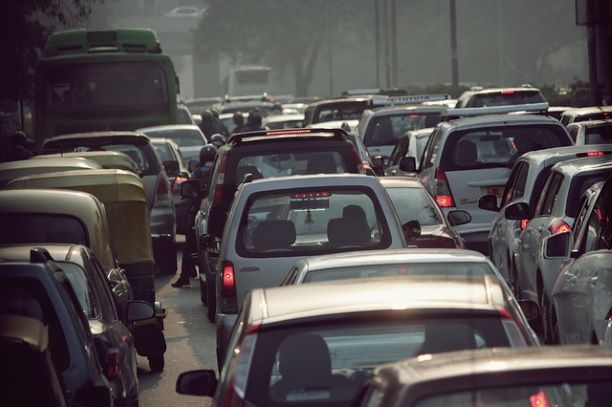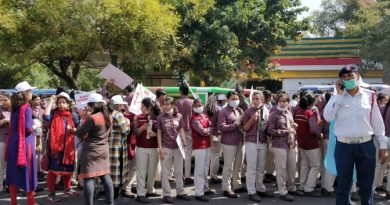New York Traffic Invites Congestion Pricing. Lessons for India
 How much to avoid this?
How much to avoid this?
While New York’s move towards congestion pricing to manage its traffic was widely predicted, closer home in India, the time might come soon to consider it for its top 4 to six cities at least.
For India, where politicians love to give the example of Singapore as an aspirational example when it comes to improving the state of their cities, its a pity that we have incorporated none of the city state’s progressive policies on traffic management and private autos in general.
The reasons have been two fold. The existence of a large domestic auto manufacturing sector, with a significant share in overall GDP and contribution to job creation, along with the lack of infrastructure to implement Singapore type policies at this stage. The biggest of which is probably the criminal negligence of public transport across all urban growth centres.
While progress has been zero on that front, when it comes to the ground situation, we are not far off from where New York finds itself , or other cities that have implemented congestion pricing, like London, did, before they moved to impose costs for the same.
Traffic speeds at peak hours across central routes Indian metros on road is in the low teens today, as compared to New Yorks crawl of 7 to 8 kms per hour in the CBD. Road congestion is already extracting a measurable cost in terms of health, productivity and stress among citizens in Indian cities.
Singapore, which was the first, and oldest city to implement congestion pricing can teach us a lot, as its experience is an instructive manual on doing it right. starting it as the Area Licensing Scheme (ALS)in 1973, the island state had none of the technology support that even India has today, in the form of RFID tags, convenient payment options, high quality cameras to track vehicles and more. The ALS scheme depended on drivers buying a daily ‘pass’ they would paste on their windscreens, to pass through the congested CBD. It is something residents of Delhi-Gurgaon are already familiar with, if they do a lot of travel on Uber and Ola cabs between these hubs in the NCR. Managed poorly, it invariably causes more hardship than any convenience to anyone, other than revenue for the agencies.
However, Sigapore did move to an Electronic Road Pricing (ERP)method in 1998, which is still in use. The ERP ensures no slowing of traffic with automatic debits based on special gantries with cameras set up across key entry and exit points. These cameras ‘read’ vehicle numbers and debit appropriate amounts from their accounts.
Singapore of course took a lot of other steps, like making private vehicle ownership prohibitively expensive, to limit supply of vehicles on the roads. Road tax for a typical sedan is effectively around Rs 100 per day, payable every year. Vehicle loans are limited to a maximum of 70% of value. Vehicles have to be replaced after 10 years. And high paring and congestion rates, of course.
Delhi , to give just one example, for all the hand wringing in courts and across the board, continues to add 1300+ vehicles each DAY, even now. With peak rates, holiday rates and more, the ERP system in Singapore is today taken as a fact of life, with hardly any protests from users. Made possible because for users who do find it too ‘much’ , there is a massively improved pubic transport system to ferry them from one place to another. Combined with the high cost of private vehicle ownership, this has ensured that on any sane comparison of ownership versus public transport, the latter always wins hands down.
For India, where RFID tags are mandatory in all new vehicles now, the ground situation is slowly changing in favour of more action. Not only does the technology exist to make a move to congestion charges possible, it could also be welcomed in select areas. But going by the past record of various administrations, don’t expect to beat New York to it. Investments in public transport have barely started earnestly, and it will be at least 3 years or more before it starts causing a real shift in travel behaviour, as say, a good metro network does. Until then, we need to keep taking in the lessons from Singapore, and yes, the spiritual home of the auto industry, the US too.




